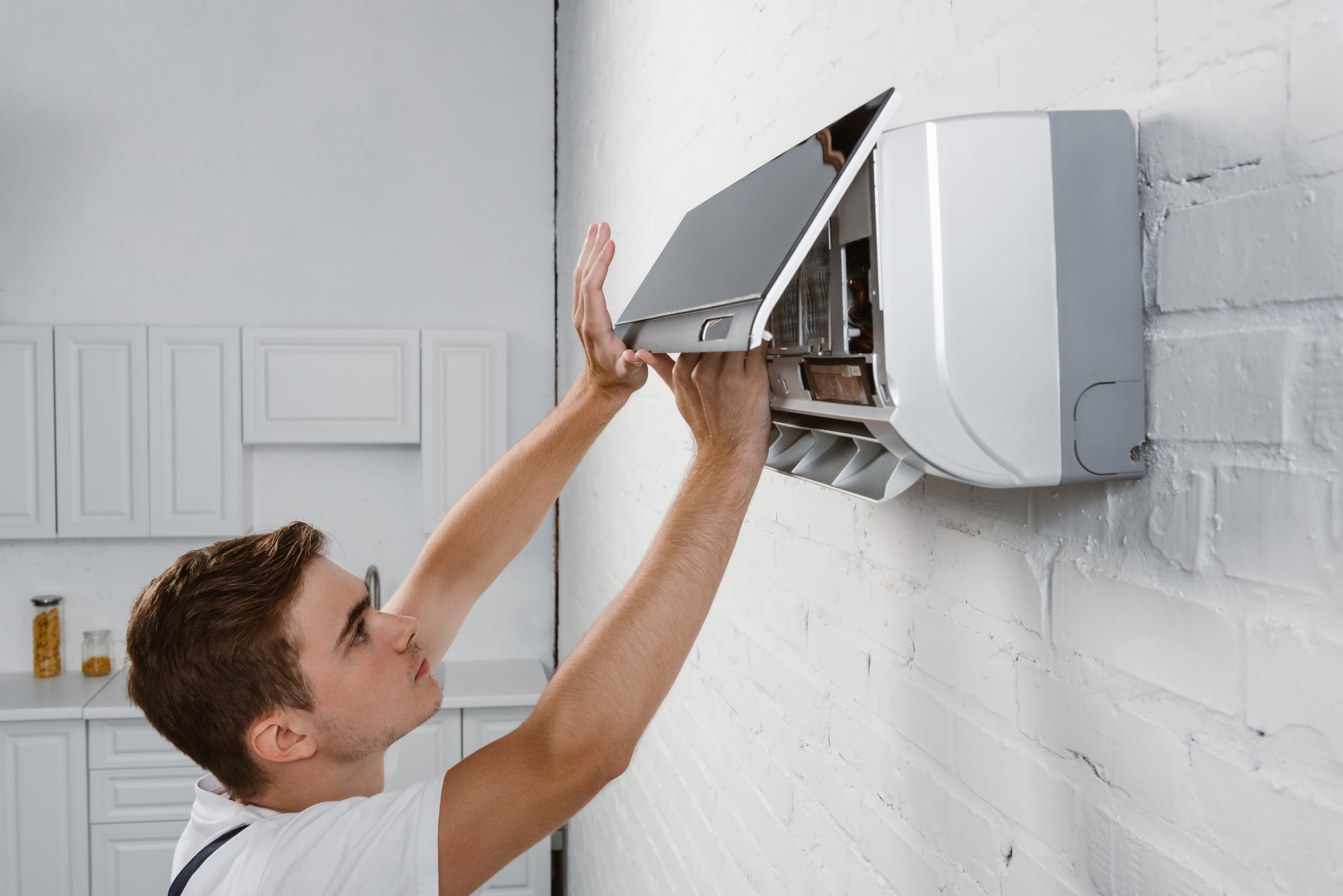HVAC Installer What To Expect
HVAC technicians need to consider a number of things when installing your HVAC system.
Some of their responsibilities include (but are not limited to):
- Installing, maintaining and repairing your ventilation and air condition systems
- Recognising maintenance risk’s
- Diagnosing electrical and mechanical faults
- Conducting performance checks to ensure the efficiency of your homes ventilation system
- Open transparency with the home owners with what they are doing and the steps they are taking to achieve it.
You should be contacting your HVAC technician to come in and do an annual routine check of your home’s ventilation system.
During your annual maintenance appointment, your technician will do their routine check where they will locate any problems that may be or will cause strain on your home’s ventilation system.
What can I expect my HVAC technician to do during their annual check?
All HVAC technician’s follow a standard list of what needs to be checked when they are doing a routine annual heating/cooling system check.
Often they will be on the lookout for:
- Dirty or old filters that need to be changed
- Dirty components of your ventilation system like coils, condensers and drains that may need to be cleaned, lubricated or replaced
- Too low or too high refrigerant pressure
- Chemical leaks
- Any issues with the components such as the blowers and blades, to ensure proper airflow through your ventilation system and then through your home
What does having an HVAC system installed in my home entail?
Having a HVAC installed in your home is a whole day process and in some cases can span over multiple days, depending on the size of your home.
If your home has an existing ventilation system, your HVAC technician will remove the existing equipment in order to install the new system.
Your technician may need to access different areas of your home outside of where your chosen system is being installed.
This may be the case if they need to check and ensure all wiring and pipes are being connected and installed in line with how the existing electrical/piping works.
You can expect your technician to hook up a new control wiring system if the existing one does not align with how your HVAC system works.
To ensure an easy and quick installation, try and clear out where they will be installing your ventilation system.
Often your HVAC technician will also perform routine troubleshooting and decay testing. As well as check there are no leaks in your pipes, by running nitrogen through them.
What safety precautions does my HVAC technician have to take?
When installing HVAC systems there are multiple steps your technician needs to take to ensure both their own and their customers’ homes are safe.
One of the main safety precautions that HVAC technicians take is wearing the designated PPE.
Further, your technician will have an Occupational Health and Safety protocol that they will be following.
They are often working with harsh chemicals such as refrigerants, cleaning liquids, solvents and gasses that can cause severe burns and respiratory issues.
Because of this, your technician will wear:
- Safety goggles
- Full coverage clothing
- Thick HVAC work gloves
- Face shield
- Steel-toed boots
- Hard Hats
